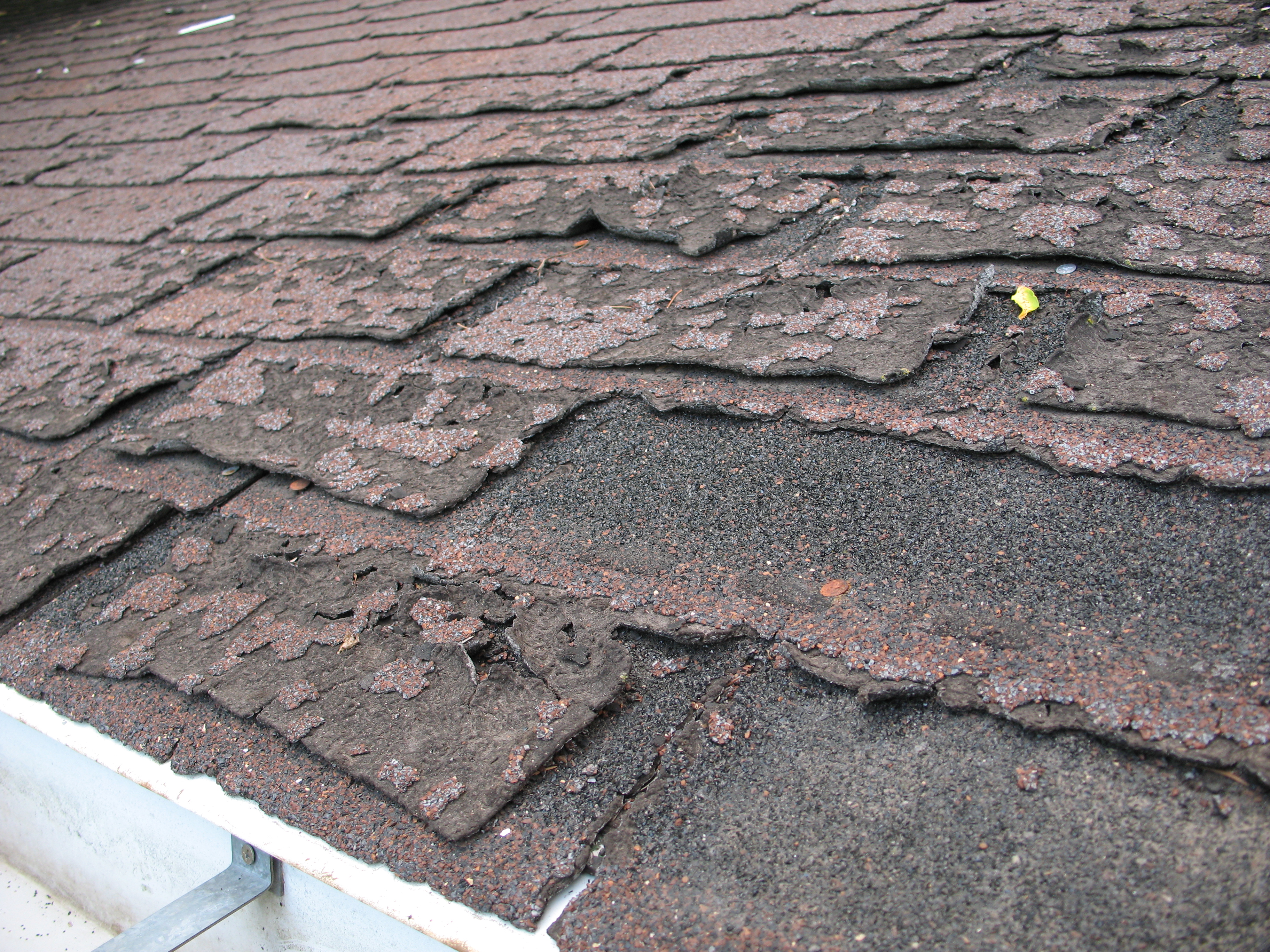We’re putting these together so that you, our customers, can have a better idea of recognizing both proper and improper conditions and techniques for using fasteners in roof repair and construction. This can include residential roofs, inspecting steep-slopes, framing, attics, and more, all of which are incredibly dependent on using the correct kind of fastener for the job. If the incorrect roof fasteners are used, the material can be susceptible to weather conditions like rain, hail, and wind which can cause serious problems for homeowners. ALWAYS use the correct fasteners for the job.
Let’s start with the reason for fasteners – holding the shingles on the roof. An effective fastener will be able to check off a couple boxes in regards to the quality of hold on the shingles – the type, the installation, location, and holding power of the fastener itself. These things are the made hallmarks of the correct fastener for the job.
Type of Fastener for Roof/Shingle Repair
The fastener type that you use in your renovation project makes a huge difference in your shingles ability to stand up (or lay down) against strong wind and other environmental factors. With this in mind, you know that you’re going to need specific roofing staples or nails – something with wide enough head or crown to actually hold the shingle in place. The main problem with staples is that they aren’t allowed by the IRC in new construction, and though they are effective and cost-efficient for repair, they don’t hold up well as fasteners against strong winds in particular. So, if you live in a particularly windy area, we’d not recommend staples for your roof repair. Furthermore, most shingles that come with warranties aren’t upheld if staples are used – they’ll void the shingle warranty. Just because staples may be easier for you to install doesn’t mean they’re a common long term solution.
However, should you desire to use staples, you’ll notice how straightforward and direct the installation process is. Once you’re able to correctly orient the staple crown, you only need to hold it steady and align the staples with the long side of the shingle. You can use a staple gun, but be sure not to rotate your position of the staple and get a puncture that’s not flush with that axis.
Getting the staples installed as perfectly as possible is the best way to prevent that uprooting of the wind for your shingles. The correct orientation gives the staple crown the most amount of surface area to hold the shingle in place against the weather. If they’re done correct, you can reasonable expect your shingles to withstand 60 mph winds – no light breeze. You can always hand-seal the shingles afterward as well since your average adhesive bond or strip might night sit properly.
Nails
Roofing nails are the most effective method of fastening your shingles to your roof. The nail head and precise installation features make nails much more likely to correctly orient themselves for the shingle. However, you can expect to use more nails than staples, so if cost is a motivating factor, you may want to explore the staples route.
Be sure to select a nail that is at least a 3/8″ nail head and can resist corrosion like a copper or galvanized nail. These nails will be exposed to the elements, so be sure to select a fastener that can withstand the test of time. You don’t want to have to rip off all your shingles and re-fasten everything in a few years. Plan on doing it once the right way, and not having to think about it again.
Most shingle manufactures will give a recommendation for nail length and head size, so be sure to explore the resources that your shingle provider has available to you when selecting your fasteners!

